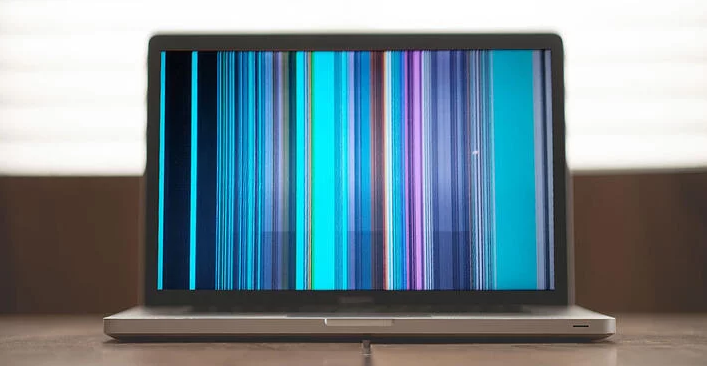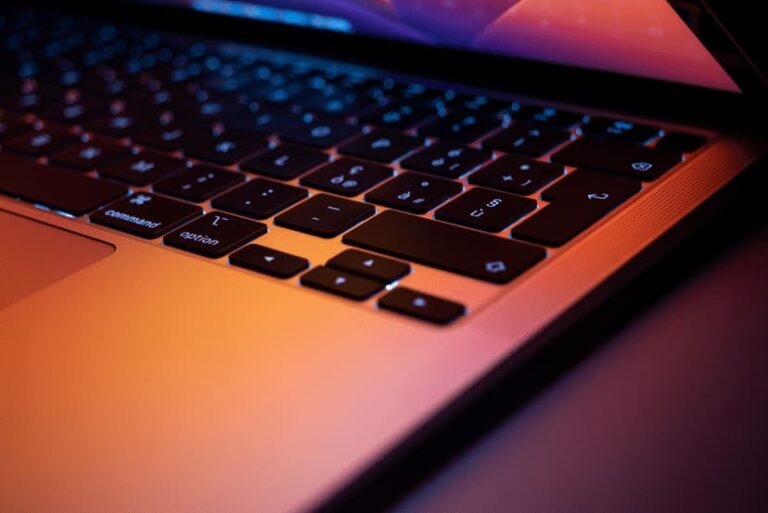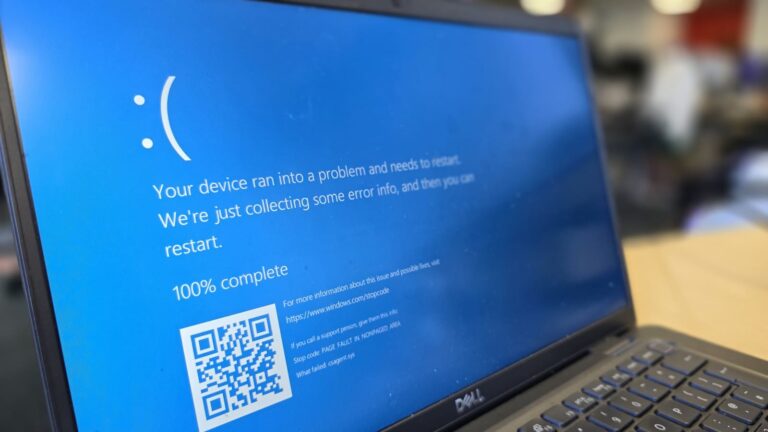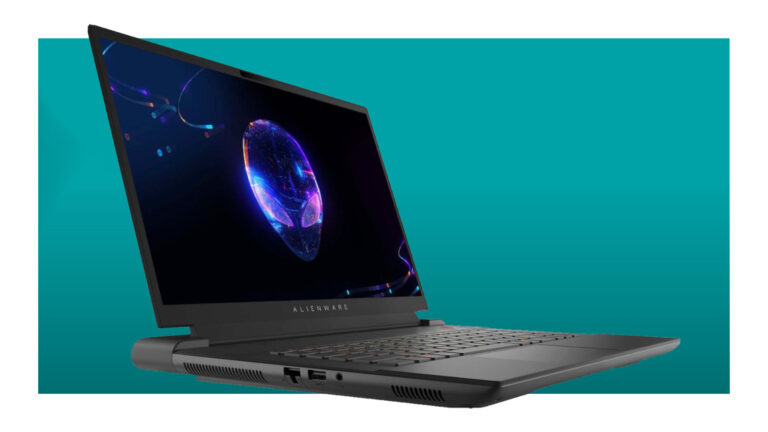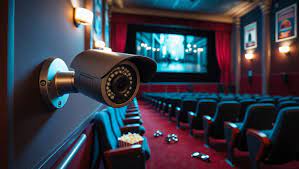
In the age of increasing surveillance, many people ask the question: do movie theaters have cameras? The short and simple answer is yes—most modern movie theaters are equipped with cameras. But understanding why they are there, how they operate, and what this means for your privacy is worth a detailed exploration.
In this article, we’ll dive into the reasons behind camera usage in cinemas, where they’re located, what kind of technology is used, and how surveillance in movie theaters aligns with legal and ethical boundaries.
Where Are Cameras Installed in Movie Theaters?
If you’ve ever walked into a movie theater, you’ve likely passed multiple cameras without even realizing it. Most movie theaters, especially those that are part of large chains, use Closed Circuit Television (CCTV) systems throughout their premises. These systems are typically installed in high-traffic and sensitive areas.
Common Camera Locations in Theaters:
| Area | Purpose | Camera Presence |
|---|---|---|
| Lobby | Crowd monitoring, entry tracking | Always monitored |
| Box Office | Cash transaction security | Always monitored |
| Concessions | Staff oversight, theft prevention | Frequently monitored |
| Hallways & Exits | Emergency access, vandalism control | Commonly monitored |
| Auditoriums | Anti-piracy, disruptive behavior | Selectively monitored |
Auditoriums are often the most debated areas in terms of surveillance. While not all theaters use cameras inside the actual screening rooms, many do, especially during the release of major films. These cameras are typically discreet, equipped with night vision, and used for anti-piracy purposes.
Why Do Movie Theaters Have Cameras?
So, do movie theaters have cameras for your safety or their interests? The answer includes both. The installation of surveillance systems serves multiple purposes:
1. Safety and Security
Movie theaters are public venues where large groups gather in confined spaces. Cameras help ensure the safety of patrons by monitoring entrances, exits, and public areas. If an incident occurs—such as a medical emergency, theft, or altercation—security footage can provide critical evidence.
2. Theft Prevention
Theft doesn’t just happen in stores—it happens in movie theaters, too. Employees may handle large sums of cash at ticket counters and concession stands. Cameras help monitor transactions and discourage dishonest behavior.
3. Anti-Piracy Measures
The most crucial reason why cameras are installed inside auditoriums is to prevent piracy. The unauthorized recording of films, known as “camcording,” is a significant issue for the film industry. Surveillance helps identify and stop individuals attempting to record films using smartphones or hidden cameras.
Special Surveillance Technology in Auditoriums
Inside the screening rooms, theaters may use advanced surveillance tools. These are not your ordinary CCTV cameras but specialized equipment designed to operate in low light and detect unauthorized activity discreetly.
Some of these tools include:
- Infrared Cameras: Operate in total darkness to catch camcorders without disturbing the viewing experience.
- Night Vision Goggles: Worn by theater staff during random checks to detect hidden devices.
- Camcorder Detection Systems: Some theaters use automated systems that detect the reflection from a camera lens and alert staff in real time.
This technology ensures the protection of intellectual property while maintaining a non-intrusive environment for moviegoers.
How Anti-Piracy Surveillance Works
To understand how surveillance works specifically for anti-piracy, it helps to know the tools and methods employed by theaters:
- Infrared Light Systems: These systems emit light invisible to the human eye but can reveal camera lenses that are trying to record.
- Digital Watermarking: Films may include unique codes that identify the specific theater and showtime. If the movie is pirated, investigators can trace it back.
- Live Monitoring: During high-risk shows (like premieres), staff may monitor the auditorium in real time or perform manual checks.
This multi-layered approach helps deter and catch pirates while protecting the revenue of filmmakers and studios.
Legal and Privacy Considerations
Naturally, when discussing do movie theaters have cameras, privacy becomes a key concern. Are theaters allowed to film you while you watch a movie? The answer lies in the law.
In most countries, including the United States, movie theaters are considered “semi-public” spaces. That means theater owners are legally permitted to use surveillance equipment, provided they post visible signs indicating its presence.
Important Legal Guidelines:
- Notification: Signage about video surveillance is generally required.
- Restricted Areas: Cameras cannot be installed in private spaces like restrooms.
- Data Retention: Regulations may govern how long surveillance footage can be stored.
- Use of Footage: The footage can be used in legal investigations but should not be misused for marketing or profiling.
If you’re uncomfortable, you have the right to ask theater management about their policies regarding surveillance and data use.
Implementation Differences: Chains vs. Independents
Not all theaters use the same surveillance strategies. Large chains often follow standardized protocols and use advanced technologies, while independent theaters may use fewer cameras or less sophisticated systems.
For instance, a major chain might use real-time infrared monitoring during blockbuster releases, while a local theater may only have cameras in the lobby and box office. This variability means that the answer to whether movie theaters have cameras can depend on where you go.
How to Identify Surveillance Cameras in Theaters
For the observant viewer, surveillance cameras may be easy to spot. Look for dome-shaped covers on ceilings or walls, which often house 360-degree cameras. Cameras may also be tucked behind screens or mounted on rear walls.
Another method is to use your smartphone. Some cameras emit faint infrared light that is invisible to the human eye but can be seen through your phone’s camera. Point it at suspected areas in a dark auditorium to detect any subtle glow.
Additionally, you can look for posted signs that say, “This area is under video surveillance”—a legal requirement in most regions.
What This Means for Moviegoers
Knowing that most cinemas are under surveillance shouldn’t stop you from enjoying a night out. But it does mean you should be mindful of your actions. Recording even a few seconds of a film is illegal and can lead to severe penalties.
Here’s what to keep in mind:
- Assume surveillance starts at the entrance and may extend into the auditorium.
- Avoid using your phone during screenings unless necessary.
- If you have privacy concerns, talk to the manager or review the theater’s surveillance policy online.
Understanding the purpose of cameras can help you feel more secure, not less.
Pros and Cons of Theater Surveillance
Let’s break down the good and the bad of movie theater surveillance:
| Pros | Cons |
| Enhances safety and security | May cause discomfort among patrons |
| Prevents theft and misconduct | Raises privacy concerns |
| Protects against piracy | Legal misuse if data policies aren’t followed |
| Helps in emergency situations | Potential for over-surveillance |
While the benefits are significant, maintaining balance through proper data management and transparency is key.
The Future of Surveillance in Theaters
Technology is evolving, and so are the tools used in surveillance. Some theaters are experimenting with artificial intelligence (AI) that can detect unusual behavior. Others are using thermal imaging to monitor occupancy and safety without invading personal space.
As long as the balance between privacy and security is maintained, these advancements could improve the theater-going experience.
FAQs
Q1: Do movie theaters have cameras in the actual screening room?
Yes, some do—especially for anti-piracy purposes. These cameras are often discreet and use night vision technology.
Q2: Are cameras in theaters recording all the time?
Not always. Some only activate during specific showings or when a risk is detected.
Q3: Can I record a short clip of the movie for social media?
No. Even short recordings can be considered illegal under copyright law.
Q4: Are theaters required to tell you if they have cameras?
Yes, in most regions, signs must be posted indicating the presence of video surveillance.
Q5: What happens to the recorded footage?
Footage is typically stored securely for a limited time and may be shared with law enforcement if necessary.
Conclusion
So, do movie theaters have cameras? The answer is a definitive yes in most cases. Surveillance in cinemas is designed to protect guests, staff, and the intellectual property of film producers. While privacy concerns are valid, regulations and transparency help ensure a balanced approach.
By understanding the purpose and scope of surveillance, you can make informed choices and enjoy your next movie night with confidence. Always remember: being aware is better than being unaware—both for your safety and your peace of mind.
